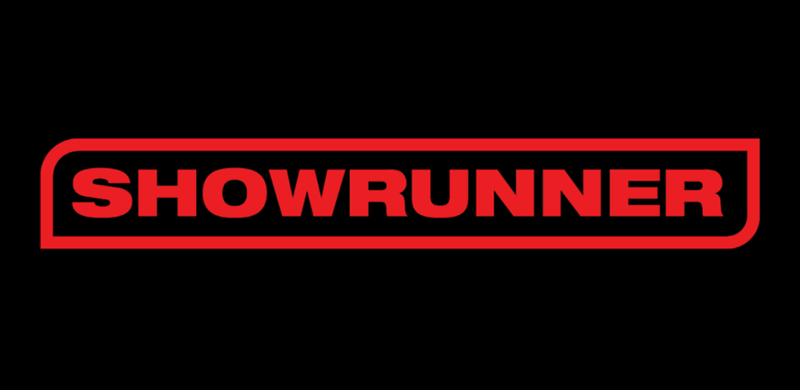
The industry was jolted awake by a recent, headline-grabbing deal: Amazon’s acquisition of the AI-powered video generation startup, Showrunner. While the financial terms were not disclosed, the implications are vast. Showrunner’s technology, developed by Fable Studio, allows users to generate entire animated episodes – complete with characters, dialogue, and editing – simply by typing a text prompt.
This isn’t just a new tool; it’s a potential paradigm shift. The acquisition signals that tech and media giants are betting big on AI not merely as an assistant, but as a future content creation engine, raising both excitement and profound questions about the very nature of production.
This move is just the most visible tip of the iceberg. Behind the scenes, Artificial Intelligence is already deeply embedded in the film and TV production pipeline, transforming workflows from the writers’ room to the final color grade.
How AI is Infiltrating Every Stage of Production
1. Pre-Production: The Generative Storyteller
AI is moving beyond a simple brainstorming tool. Writers and producers are using large language models to analyze scripts for pacing, plot holes, and even predict audience reception.
It can generate loglines, suggest dialogue alternatives, and create countless iterations of a scene. While it doesn’t replace human creativity, it acts as a powerful ideation and efficiency multiplier.
2. Production & Visual Effects: The Digital Magician
This is where AI has made the most staggering leaps.
- De-aging and Deepfakes: This is now commonplace. Martin Scorsese’s The Irishman used extensive AI-driven de-aging technology to allow its stars to play characters across decades. The Star Wars franchise has used this technology to recreate a young Princess Leia and Luke Skywalker, a process that would have been impossible with traditional VFX.
- Backgrounds and World-Building: Instead of sending a crew to expensive locations, AI can generate photorealistic environments. Disney’s The Mandalorian famously uses “StageCraft” – a wall of massive LED screens that display AI-assisted, dynamic, and photorealistic backgrounds in real time. This allows actors to see the world they are in and eliminates the need for costly green screen post-production.
- Stunt Doubles and Character Creation: AI can map an actor’s performance onto a digital double for dangerous stunts or create entirely synthetic characters. The technology used to bring a young Arnold Schwarzenegger back in Terminator: Dark Fate is a prime example, blending AI with VFX.
3. Post-Production: The Efficient Editor
- Editing: AI can rapidly analyze hundreds of hours of footage to automatically select the best takes, match continuity, and even assemble rough cuts based on the script’s emotional arc. This saves editors from tedious logging tasks, freeing them to focus on creative choices.
- Sound Design & Music: AI tools can generate original sound effects or compose scores in specific genres. They can also automatically clean up audio, remove unwanted background noise, and sync dialogue.
- Color Grading: AI can apply consistent color grades across different shots and lighting conditions instantly, a process that was once incredibly time-consuming.
4. Promotion and Distribution: The Predictive Analyst
Studios have long used AI to analyze data and make decisions about which projects to greenlight. Now, they use it to tailor marketing campaigns, predict box office performance, and even determine the optimal release window for a film by analyzing global market trends and social media sentiment.
The Showrunner Example: A Glimpse of the Future
The technology behind Amazon’s new acquisition offers the most provocative vision of what’s to come. In a demonstration, Fable Studio used Showrunner to generate an entire new episode of South Park simply by providing the AI with a prompt. The AI handled the writing, animation, voice cloning, and editing.
While the result was imperfect, its potential is disruptive. It suggests a future where:
- Hyper-Personalization: Viewers could prompt an AI to generate custom content – a new scene for their favorite character or an alternate ending.
- Rapid Prototyping: Studios could generate pilots or animatics in hours instead of months, testing concepts before committing vast resources.
- Content at Scale: The barrier to entry for high-quality animation could plummet, leading to an explosion of new content.
The Human Element: Collaboration, Not Replacement?
The rise of AI inevitably sparks anxiety about job displacement, a central issue in the recent Hollywood strikes. The consensus among most industry leaders, however, is that AI will be a collaborator rather than a replacement – at least for now. It is a tool that automates the tedious, accelerates the possible, and empowers creatives to tell stories in ways they never could before.
The real challenge for Hollywood won’t be adopting the technology, but navigating its ethical implications: establishing clear rules around AI-generated performances, protecting intellectual property, and ensuring that the irreplaceable spark of human emotion remains at the heart of storytelling. The curtain is rising on a new era of production, and AI has a starring role.
